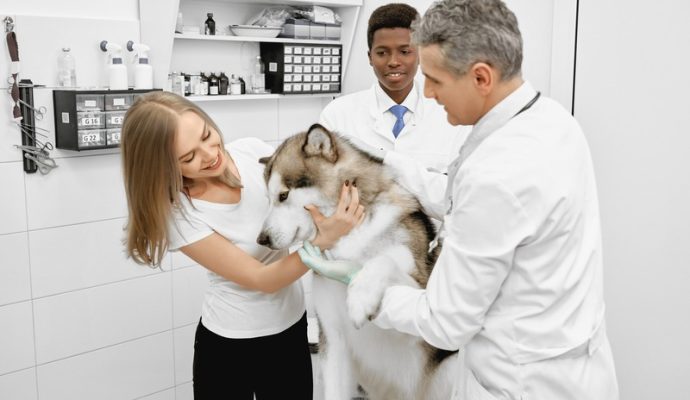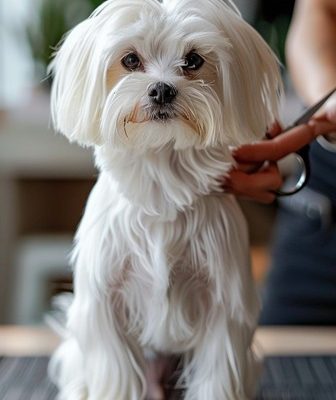Alopecia or loss of hair is a common condition in dogs. Alopecia is different from shedding, a distinct process that is a part of the growth of hair in your dog and is a variation based on breed. Alopecia is a term used to describe patches of hair loss or thinness. The root cause could affect the time when hair loss begins.
Any breed of dog, regardless of age, may experience hair loss. See a veterinarian quickly if you notice hair loss, as the cause could be anything from minor to the extreme in its severity. Hair loss in dogs can occur at any time, in any breed, and anywhere on the body. It’s usually a noticeable condition.
Depending on your pet’s likelihood of skin infections, hair loss could require multiple treatments. Always follow your veterinarian when administering medications. It may be necessary to schedule follow-up appointments to ensure the problem is resolved and the infections heal.
Causes of Hair Loss in Dogs
Many things, such as allergies, skin conditions, and other health problems, can cause hair loss in dogs. The best option is to see a vet determine the exact diagnosis and recommended treatment because one cause may have similar symptoms. Learn more about hair loss in dogs.
Allergies
Itchy and hair loss are among the more evident signs that your dog suffers from allergies. There is a possibility that they are allergic to specific dietary ingredients or environmental components, like dust or pollen mites. Veterinarians can determine if your pet has allergies to food or the environment. Visit an emergency veterinarian for any pet emergencies.
Parasites
The most common skin problem for dogs is allergic flea dermatitis, also known as hypersensitivity to flea bites. Although your pet is not allergic to fleas, the irritation these parasites cause can cause the dog to rub, scratch, or even bite their skin which can cause hair loss.
Hair loss in dogs can be due to lice and mites. The lice that cause hair loss in dogs are not the same as those found in humans and are transmitted through dogs with diseases, crowded living spaces, contaminated grooming equipment, and unhygienic environments. Beyond hair loss, redness, itching, and dry, flaky skin and coat are a few signs of lice in dogs.
Skin Conditions or Infections
Dogs’ skin is susceptible to ailments and cracked, dry skin like humans. Your dog’s skin can be extremely itchy due to these ailments. To alleviate their discomfort, pets frequently scratch, lick or scratch themselves. In time, this could cause hair loss.
Most dogs suffering from fungal or bacterial skin diseases may also suffer an allergic reaction. Skin infections can also arise from wounds, bites, and scratches. Consult a veterinary dermatologist about skin care for pets.
Post-grooming Alopecia
Post-grooming alopecia may result from shaving or trimming the dog’s thick coat. This can result in hair patches returning. It can also occur if the dog’s coat is removed in the procedure. The hair will eventually grow to its standard length and texture; however, it may take time.
Pressure Sores
Sores from strain are most likely to be found on dogs that are older or less mobile and are caused due to the stress of being stuck in one spot for an extended time. Similar to bedsores that humans suffer from, they usually appear on the dog’s hips or elbows and may last for a prolonged period.
Because pressure sores are difficult to heal, prevention is vital. Make sure your dog has moved; if necessary, consider getting them aid with a wheelchair. Also, always ensure they have comfortable, clean bedding. Visit a vet if you see pressure sores on your dog’s body. Visit a veterinary website like AnimalHospitalofClemmons.com for more information.




